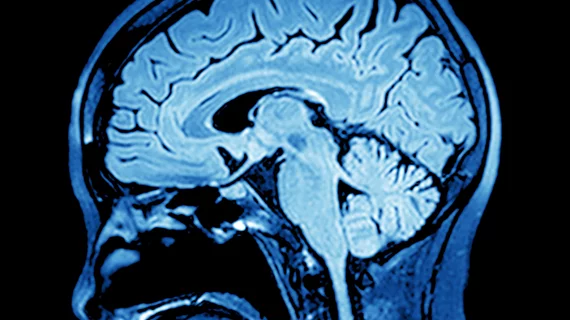AI among top growth opportunities for precision medical imaging
As the healthcare industry shifts to providing more personalized care, the precision medical imaging market could see tremendous growth thanks to new technologies, such as AI and deep learning, clinical decision support software, sensors, 3D printing and precision analytics, according to a report from Frost & Sullivan.
With emerging technologies, the medical imaging market is expected to reach over $8 billion by 2027, according to the report. The market reached $120 million in 2017.
The top 10 growth opportunities for medical imaging companies were:
- Evidence-based study ordering
- Advanced imaging techniques and personalized image acquisition protocols
- Adaptive, anatomical and applied machine intelligence
- Precision reporting
- Quantitative imaging and radiomics
- Image-based, 3D-printed implants and anatomical guides
- Real-time, image-guided interventions
- Precise oncologic radiation dose therapy
- Molecular imaging of theranostic radiotracers
- Imaging study value, quality and outcomes analytics
The report analyzed growth opportunities for the medical imaging market and how those opportunities can be applied to various stages of imaging, like study ordering, image acquisition and image interpretation.
“Precision medical imaging has tremendous potential to improve all aspects of the care continuum, thus supporting emerging care approaches that are more targeted, predictive, translational, personalized and effective," Siddharth Saha, vice president of research for Frost & Sullivan’s Transformational Health program, said in a prepared statement.
"AI-enriched imaging equipment will help adapt and personalize the imaging protocols and procedures while precise radiomic and phenomic datasets from the given clinical context will enable deep learning, thereby reinforcing medical imaging's contribution to precision medicine."

